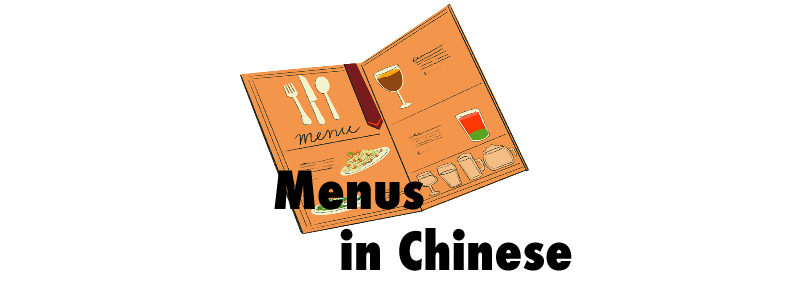Hello, I’m Tiffany from OneDotDot Chinese.
Today, let’s explore some Chinese vocabulary related to menus. 😋 When dining at a restaurant in China, how can you tell the main dishes from the side dishes? And if you want to order à la carte or opt for a set menu, how would you express that?
Menu – càidān
菜單菜单
可以再多給我一份菜單嗎?可以再多给我一份菜单吗?
May I have one more menu please?
Combo meal – tàocān
套餐套餐
In restaurants, if they offer a set menu or set meal, it could be called a “双人套餐” or a “四人套餐”
請給我一份五號(套)餐请给我一份五号(套)餐
à la carte – dāndiǎn
單點单点
菜單上的品項可以單點嗎?菜单上的品项可以单点吗?
Can we order the items on the menu à la carte?
我想要單點一個漢堡我想要单点一个汉堡包
I would like to order a single hamburger.
Appetizer – kāiwèicài
開胃菜开胃菜
开胃菜 kāiwèicài in Chinese is also commonly referred to as 前菜 qiáncài (starters).
所有的前菜皆附有麵包所有的前菜皆附有面包
All starters are served with bread.
Soup – tāng
湯汤
In traditional Chinese dining etiquette, soup often marks the final course before dessert. Our soups are generally clear, not creamy, intended to balance the richness of our main dishes. This serves to ease the palate before moving on to sweet treats.
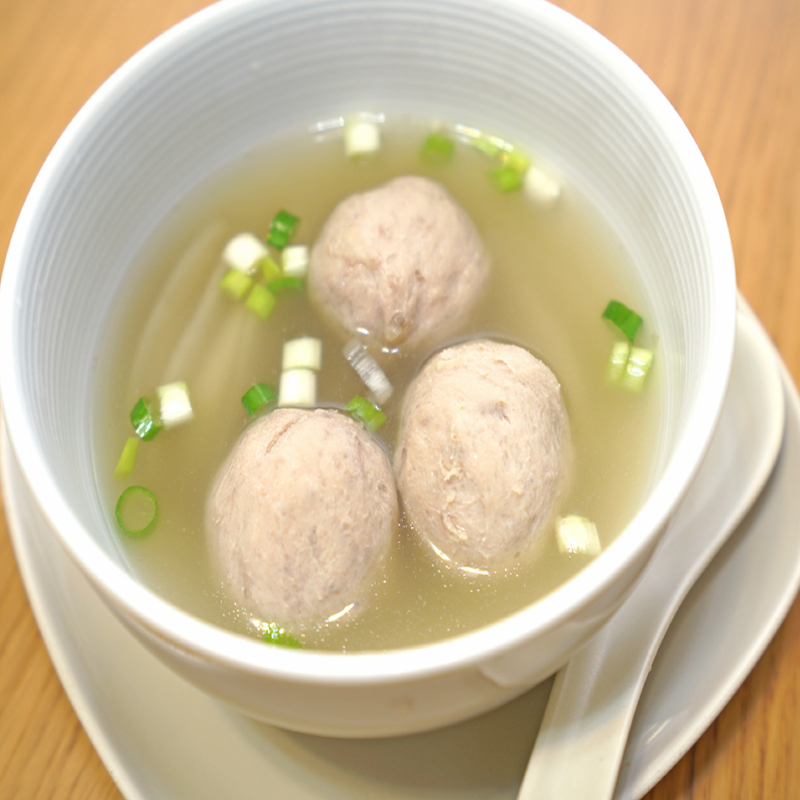
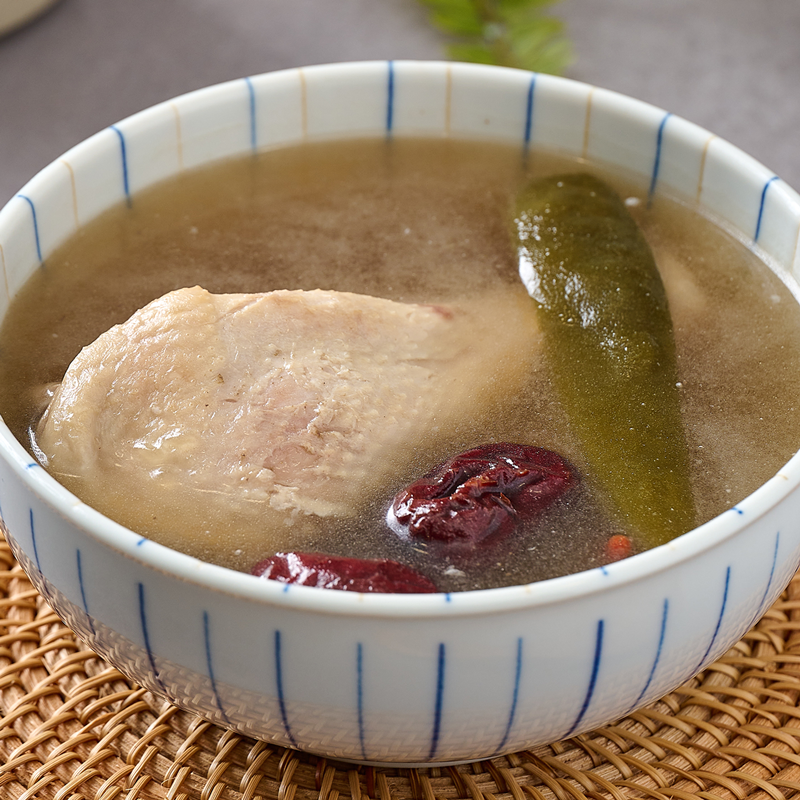
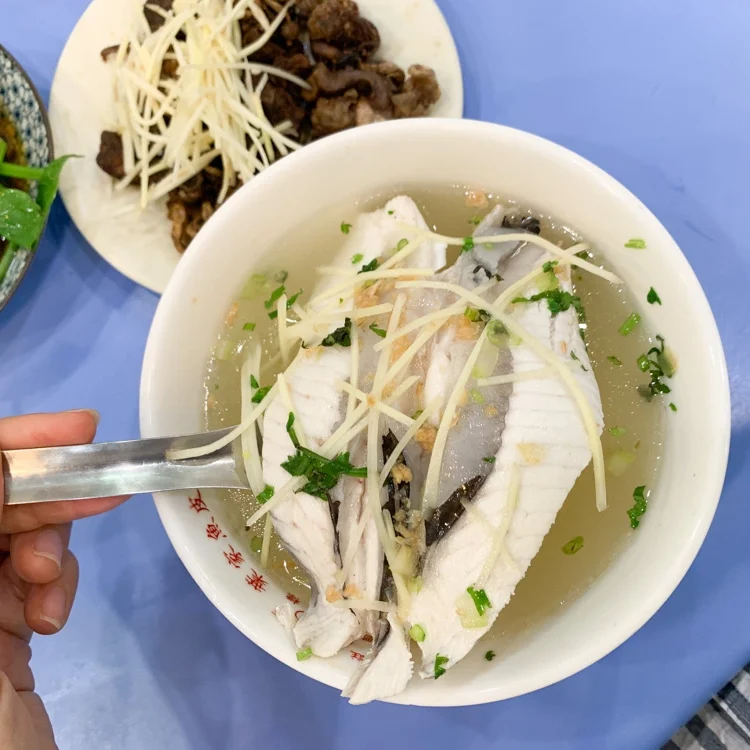
Salad – shālā
沙拉沙拉
Salads aren’t traditionally a prominent part of Chinese dining etiquette. In more modern times and in certain contexts, salads have gained popularity as appetizers or light dishes in Chinese cuisine.
Main course – zhǔcān
主餐主餐
In Chinese cuisine, there isn’t typically a distinct concept of a “main course” as found in Western dining. Chinese dining culture tends to revolve around a shared eating experience, featuring multiple dishes that collectively form a meal. Therefore, Chinese cuisine leans towards family-style dining where the harmony and balance among dishes are more important, and there isn’t a clear-cut concept of a “main course” as seen in Western meals.

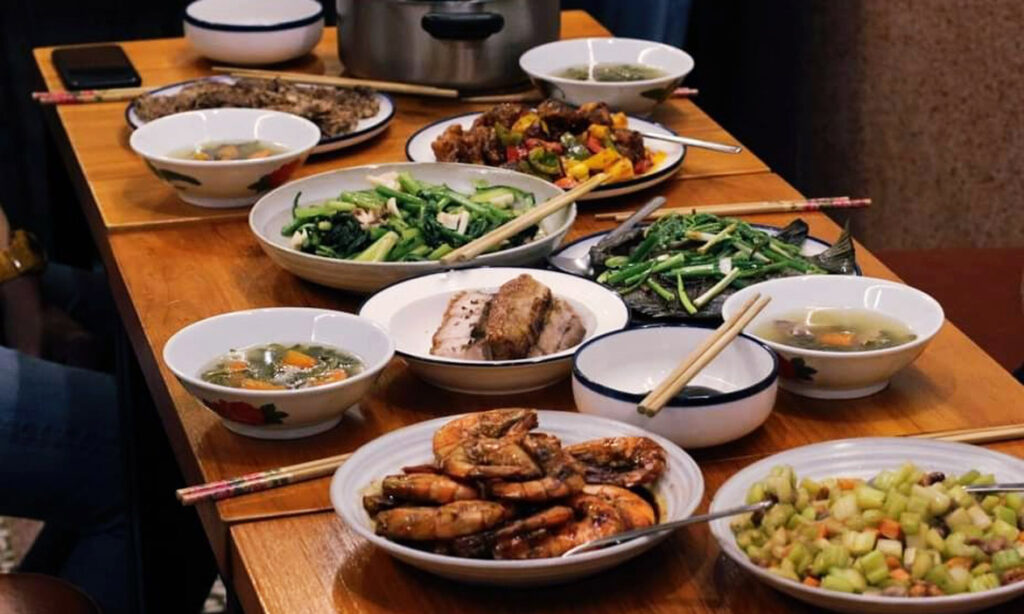
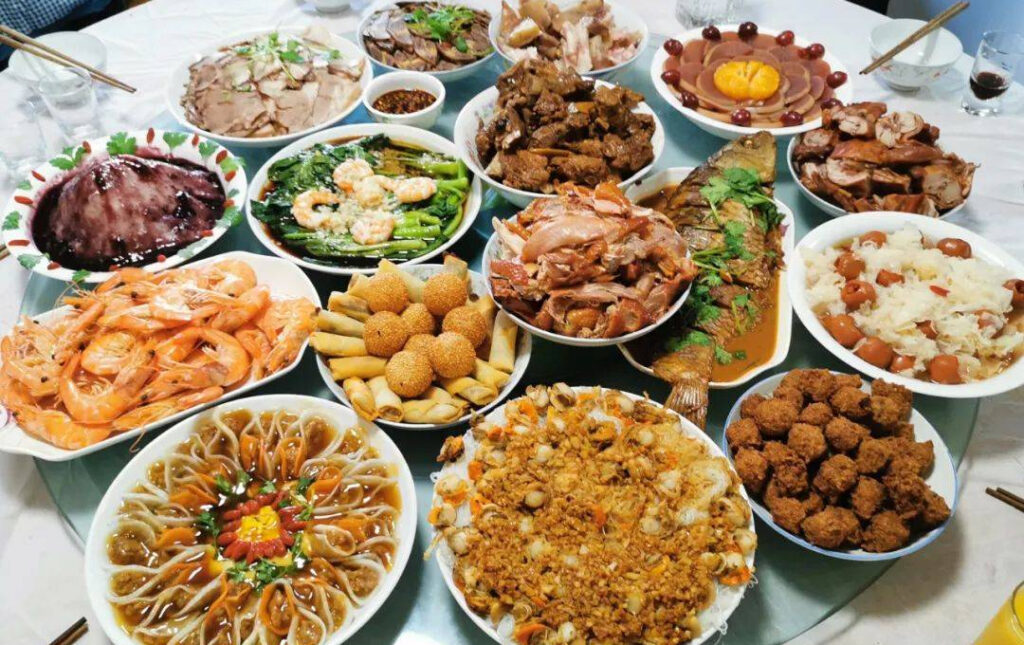
On the side – pèicài
配菜配菜
配菜 pèicài in Chinese refers to “side dishes” or “accompaniments.”
我要一個漢堡,然後配菜選薯條我要一个汉堡包,然后配菜选薯条
I’d like a hamburger, and for the side dish, I’ll have french fries.
小菜小菜
In Chinese, 小菜 xiǎocài means side dishes. What sets Taiwan’s practice apart from the West is that these side dishes are typically not served together on the same plate as the main course. Instead, they are brought separately in small dishes.
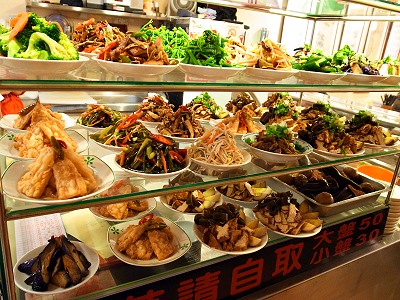

老闆,小菜我要切一份豆乾老板,小菜我要切一份豆干
(the way to call the store owner) I’d like an order of sliced dried tofu for the side dish.
這家店的小菜可以免費續盤这家店的小菜可以免费续盘
The side dishes in this restaurant can be refilled for free.
加料加料
加料 jiāliào in Chinese generally refers to “extra ingredients” or “additional toppings.”
我要一杯珍珠奶茶,另外加料10塊錢的芋圓我要一杯珍珠奶茶,另外加料10块钱的芋圆
One pearl milk tea, and additionally, I’d like to add taro balls for an extra charge of NTD 10.
請問我的披薩可以加料兩倍起司嗎?请问我的披萨可以加料两倍芝士吗?
Can I double the cheese toppings on my pizza, please?
Dessert – tiándiǎn
甜點甜点
Traditional Chinese desserts often include fruits or sweet soups. Examples include sweet rice balls with red bean paste, white fungus soup, and osmanthus fermented rice soup.
Sweet rice balls are made from glutinous rice flour, usually filled with sweet red bean paste and served in a sweet soup. White fungus soup consists of white fungus, rock sugar, and other ingredients. Osmanthus fermented rice soup are made from osmanthus, glutinous rice, and fermented rice, commonly enjoyed during special occasions or celebrations. These desserts are typically served at the end of a meal or during festive events.
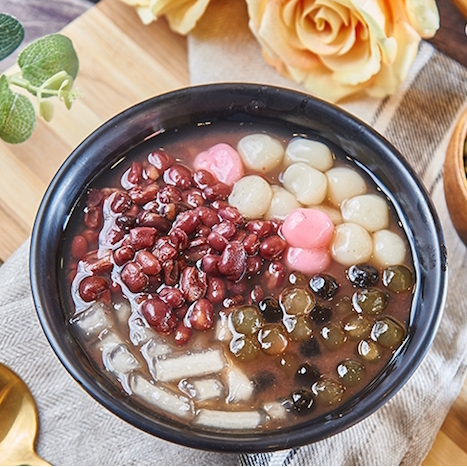


Beverage – yǐnliào
飲料饮料 – beverage or drink
無酒精无酒精 – non-alcoholic
無咖啡因无咖啡因 – decaffeinated
調酒调酒 – cocktail
When in Taiwan, don’t miss out on trying some of the unique Taiwanese cocktails. Some are crafted with vodka as a base, mixed with the aromatic Tieguanyin tea and fresh milk, then topped off with pearl shots. There’s also the Red Jade Tea Liquor made by blending Nantou’s Sun Moon Lake Red Jade Tea with vodka. Another option includes a cocktail using bourbon whiskey as the base, combined with fresh passion fruit puree, and finally garnished with gummy candies.

果汁果汁 – juice
咖啡咖啡 – coffee
茶茶 – tea
Chinese tea holds significant cultural and historical importance in China. It’s more than just a beverage; it’s deeply rooted in Chinese traditions, ceremonies, and daily life. There’s a wide variety of Chinese teas, each with unique flavors, aromas, and health benefits. Some of the most famous types of Chinese tea include:
- Green Tea (綠茶绿茶): Known for its fresh and grassy taste, green tea undergoes minimal oxidation during processing.
- Black Tea (紅茶红茶): Known for its robust flavor, black tea is fully oxidized and offers a stronger taste compared to green tea.
- Oolong Tea (烏龍茶乌龙茶): Oolong teas are semi-oxidized, providing a balance between green and black tea with a wide range of flavors.
- White Tea (白茶白茶): White tea is minimally processed and features delicate flavors, often with a subtle sweetness.
- Pu-erh Tea (普洱茶普洱茶): This tea is fermented and aged, resulting in a complex and rich flavor profile.
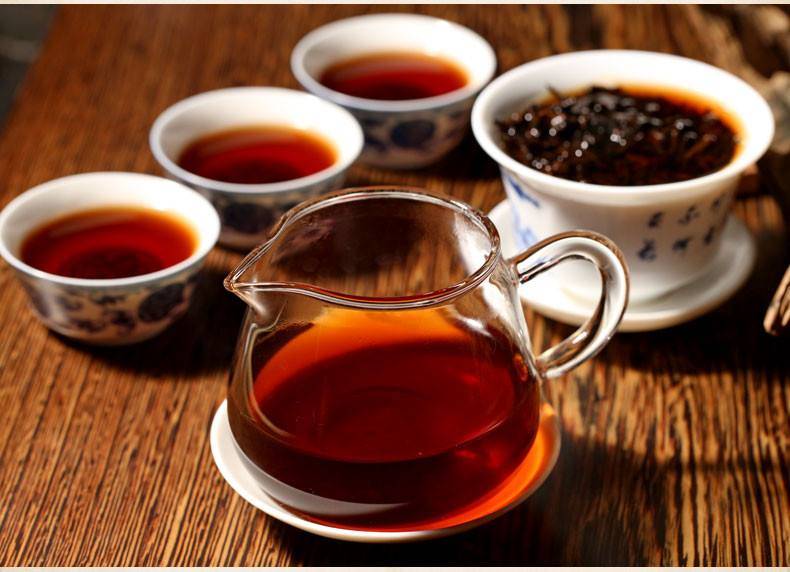
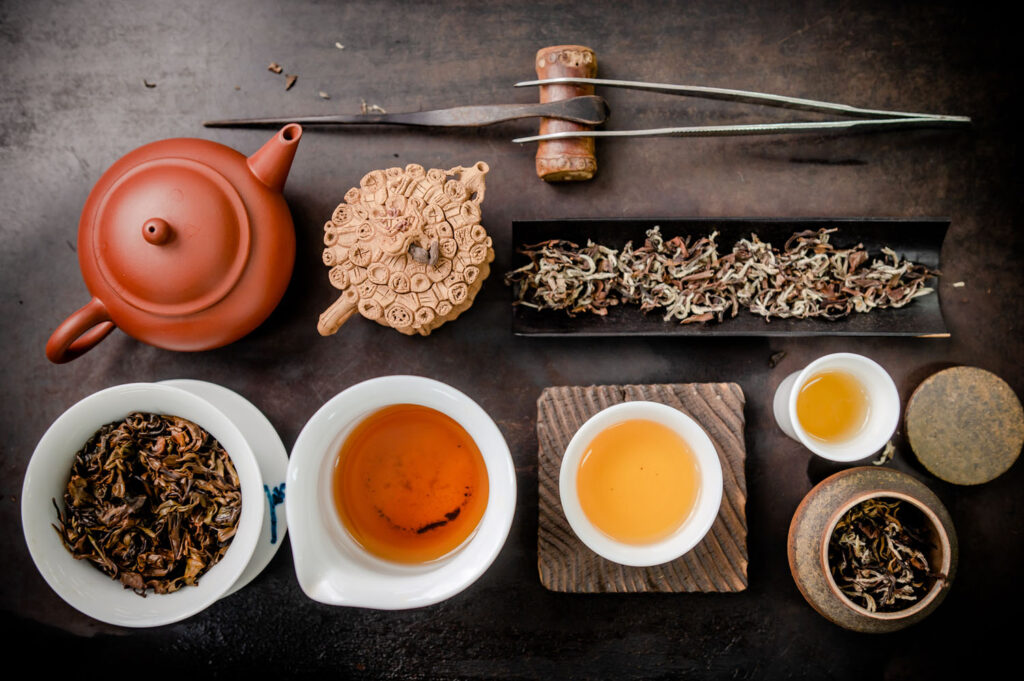
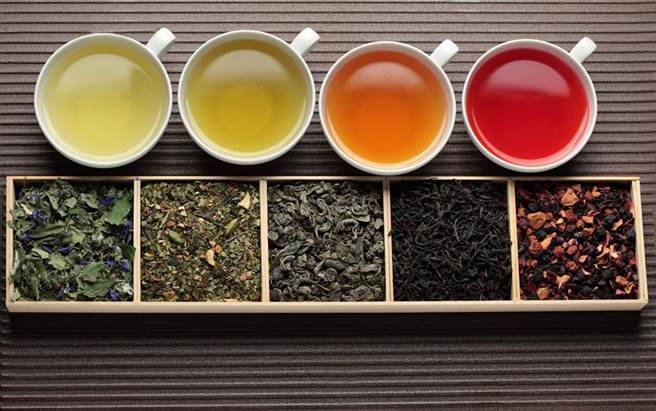
Cooking way
生的生的 – raw
這道料理的魚是生的嗎?这道料理的鱼是生的吗?
Is the fish in this dish raw?
一分熟一分熟 – rare
請問您想要幾分熟?请问您想要几分熟?
How would you like it cooked?
三分熟三分熟 – medium-raw
我的牛排要三分熟我的牛排要三分熟
I’d like to have my steak medium-rare.
五分熟五分熟 – medium
七分熟七分熟 – medium-well
全熟全熟 – well-done
Dietary Restrictions
無堅果无坚果 – Nut-free
- 核桃核桃 – Walnut
- 杏仁杏仁 – Almond
- 腰果腰果 – Cashew
- 花生花生 – Peanut
- 栗子栗子 – Chestnut
- 松子松子 – Pine nut
- 開心果开心果 – Pistachio
- 榛果榛果 – Hazelnut
無麩質无麸质 – Gluten-free
無甲殼類无甲壳类 – Shellfish-free
他對甲殼類過敏,請一定要確認今天的餐點無甲殼類他对甲壳类过敏,请一定要确认今天的餐点无甲壳类
He’s allergic to shellfish, please make sure today’s meal does not contain any shellfish.
素食素食
素食 sùshí is also called 蔬食 shūshí. Taiwan offers a wide range of vegetarian options influenced by religious practices. Definitions of vegetarian diets here may differ from those in the West. Therefore, if you’re a vegetarian, it’s best to carefully review the details to ensure they align with your dietary preferences.
- 全素全素:This is vegetarian food specifically designed for Taiwanese Buddhists. The entire restaurant doesn’t serve any meat products, and the kitchen utensils like pots, cutting boards, and knives have never been used for meat. Additionally, the seasoning for the dishes doesn’t include green onions, garlic, or chili. So if you’re vegan, you can say, “I eat 全素 quánsù, but I can consume green onions, garlic, and chili.
- 蛋奶素蛋奶素:In the Chinese categorization of vegetarian diets, there isn’t a separate classification for ovo-vegetarian and lacto-vegetarian. Instead, we group them together and refer to them collectively as 蛋奶素 dànnǎisù. These individuals abstain from meat and seafood but include eggs and dairy in their diet.
- 鍋邊素锅边素:This type of vegetarianism is more adaptable. These individuals essentially avoid eating meat themselves. For instance, if presented with a dish like “Stir-fried Green Peppers with Shredded Pork,” they might simply pick out the green peppers to eat. Similarly, in a dish like “Stir-fried Shrimp with Eggs,” they might choose to only have the eggs.
不辣不辣
請問可以做成不辣的嗎?请问可以做成不辣的吗?
Could it be made without spice?
我想要辣一點,謝謝我想要辣一点,谢谢
I’d like it a bit more spicy, thank you.
